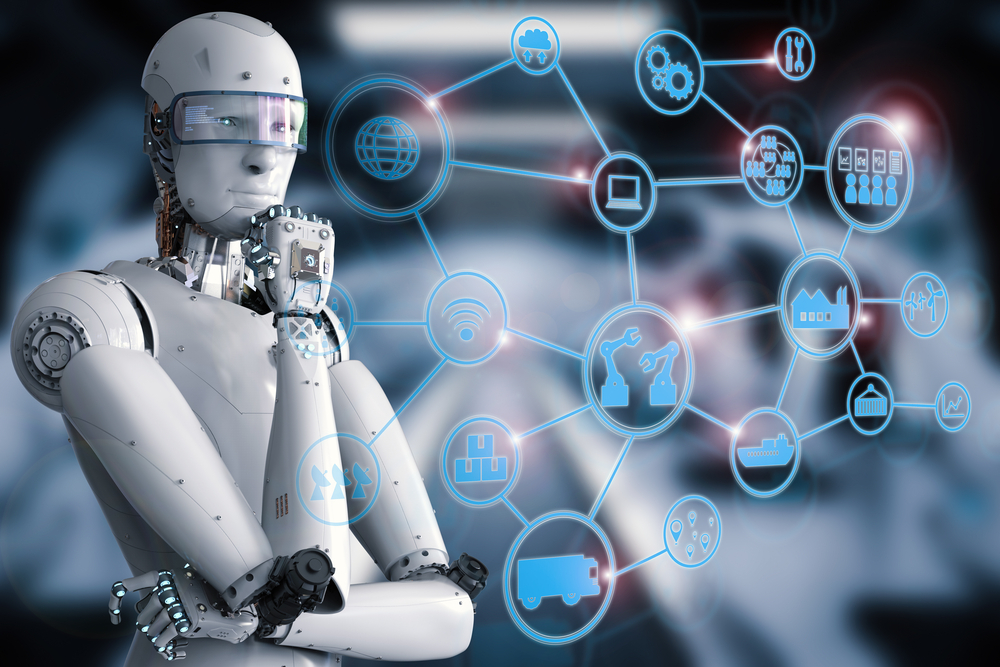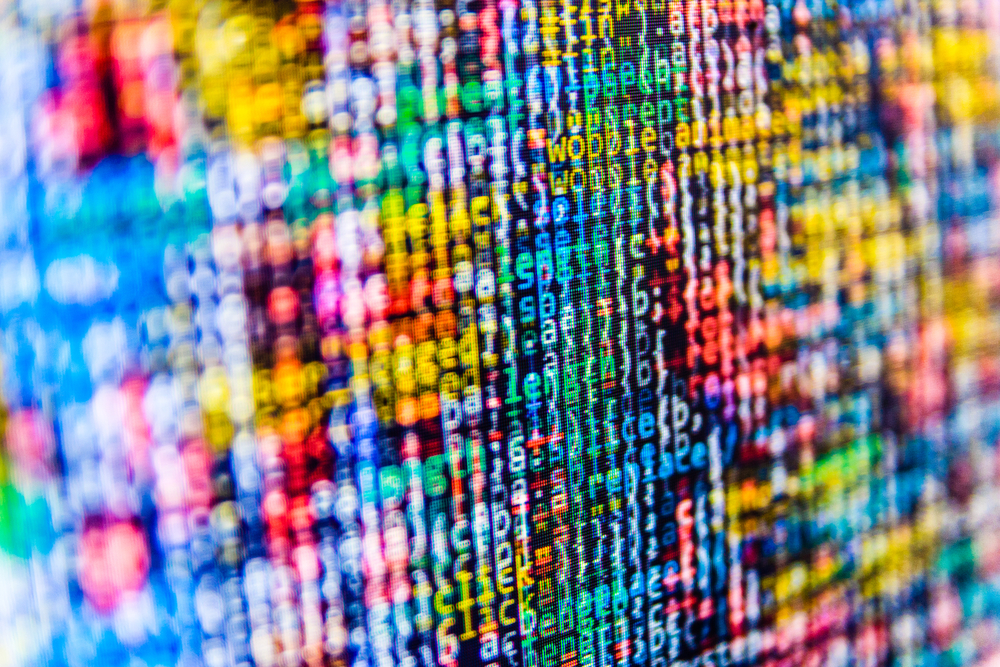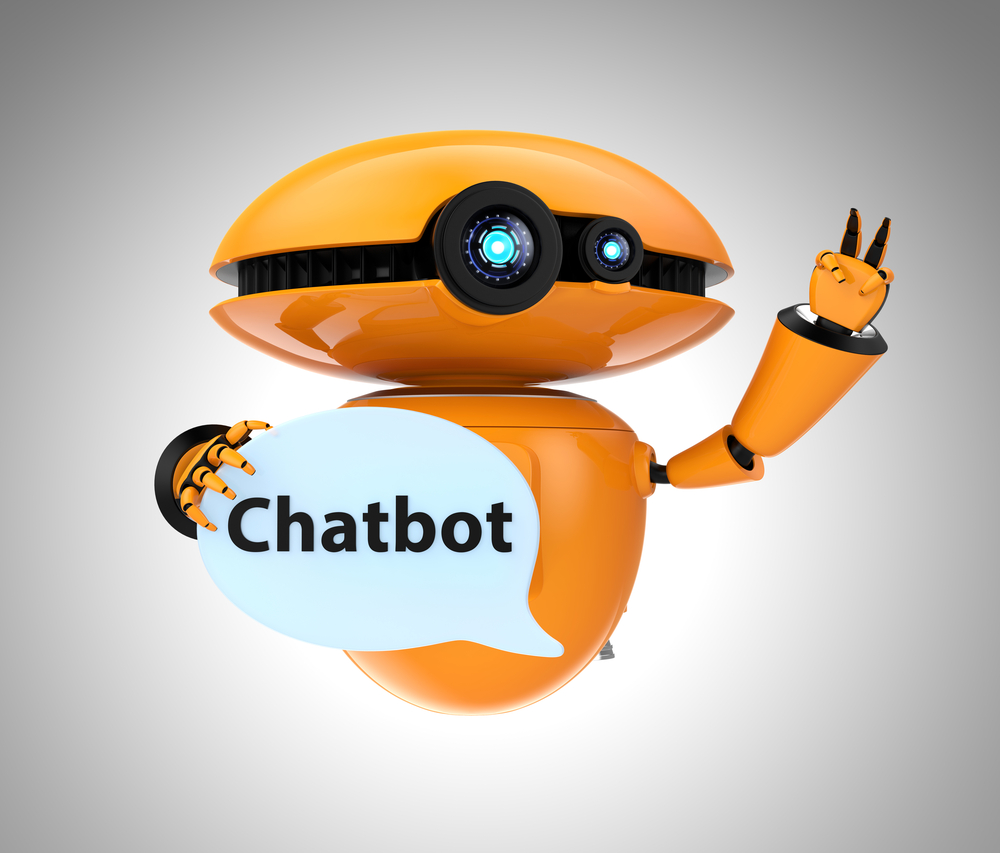
The internet has undergone a lot of changes over the last few decades. In the early days, the complexity of web design was more about the technologies available and had nothing to do with fonts, typography variations, robust visual content representation, rich media and all other elements of modern web design. Today, however, such complex elements are an integral part of the features of any website that must fit in with the times.
Modern web-design trend means a rising demand in elegant design end-results, featuring simplistic but compelling visuals. Websites are now designed with the aim of communicating brand messages as well as leaving an impression on prospects while meeting the expectations of regular visitors. Ignore these and you could be in for a total web design failure.
How Has Artificial Intelligence Helped?
Artificial intelligence is revolutionising the tech world and the web design niche has not been left behind. AI is fast becoming a vital tool in the hands of many professional web design and development companies for various reasons.
For example, the vast majority of commercial purpose websites designed today requires an expansive outlay of investments. This means that many small businesses and entrepreneurs are often left unable to match up the end results of such costly design processes. Of course, the rise of ready to use content management systems means that literally anyone can enjoy web presence. However, to achieve industry-standard results is out of the reach of the average small business owner or entrepreneur. At least that was the situation before now.
Today, artificial intelligence has made it easy for web design and development companies to create costly website designs at a fraction of the cost. The use of complex algorithms of codes means that the design process is whittled down to the bare bones, saving time and energy that would have been otherwise used during the analytical stage of the web design consultation process.
With the AI era, a business owner in need of a website only has to answer a range of relevant questions asked by the AI system. With the answers provided, the system can evaluate the underlying needs of the business and the technical aspect of things. This is combined with the desired blueprint requested. The perfect combination of layout, design, branding, content and more are then suggested to the web designer or developer, saving them tens of hours in manpower. Artificial intelligence saves designers from the complex and time consuming process of analysing and designing individual elements of a website.
Additionally, the rise of AI has simplified UX design. The days when web users only had the option of navigating a website for products and services are long gone. Today, the implementation of chatbots in the design process means that site visitors can simply communicate with resident interactive bots to find what they are looking for in an instant. A visitor on an e-commerce store no longer has to go through the different logical navigation chains as they can simply communicate with a bot that will bring up the desired results in an instant. This goes beyond the website as many businesses are now deploying chatbots across social channels.
Brendan Wilde, marketing manager at OpenHost says “the rise of chatbots means businesses like ours where brands and other constituents of our target audience, may be looking for multiple domain name results, for example, can offer a more streamlined experience. With a chatbot, a visitor to the site can simply request for possible domain name options for certain keywords or phrases and the results will be immediately provided. This saves them the time it would have taken to scour through dozens of possible results on the website and for us, it helps drive them faster to conversion. This use of chatbots offers us a way to bypass the impact of user experience on conversions.”
Will Artificial Intelligence Take Away Web Design Jobs?
There is a legitimate concern in the web design world that the increased adoption of artificial intelligence will equate to a loss of jobs in the web design world. The concern is understandable when you have AI platforms in existence that simply take the needs presented in a web design brief to churn out final designs that are as close to specifications as possible. However, there is no guarantee that AI will take way design jobs. There will be over 5 billion people on the internet by the end of 2020. This means there is no end in sight for the demand for web design. Secondly, while many small businesses will aim to cut costs by going with AI web design platforms such as Thegrid.io, many more medium to large scale businesses will still prefer to communicate with real designers to ensure the infusion of emotions and empathy in the overall design process.
For web designers, therefore, the focus should be on looking for ways incorporate AI into their process to increase efficiency and ensure better service delivery. In the next few years, only web designers that have worked out the perfect blend of AI usage and human input will remain relevant.
This post was written by James, a business psychologist and serial entrepreneur, with over a decade working in finance, IT, marketing and recruitment sectors. He has authored numerous books in the management space and is Founder and CEO of www.dailyposts.co.uk.

